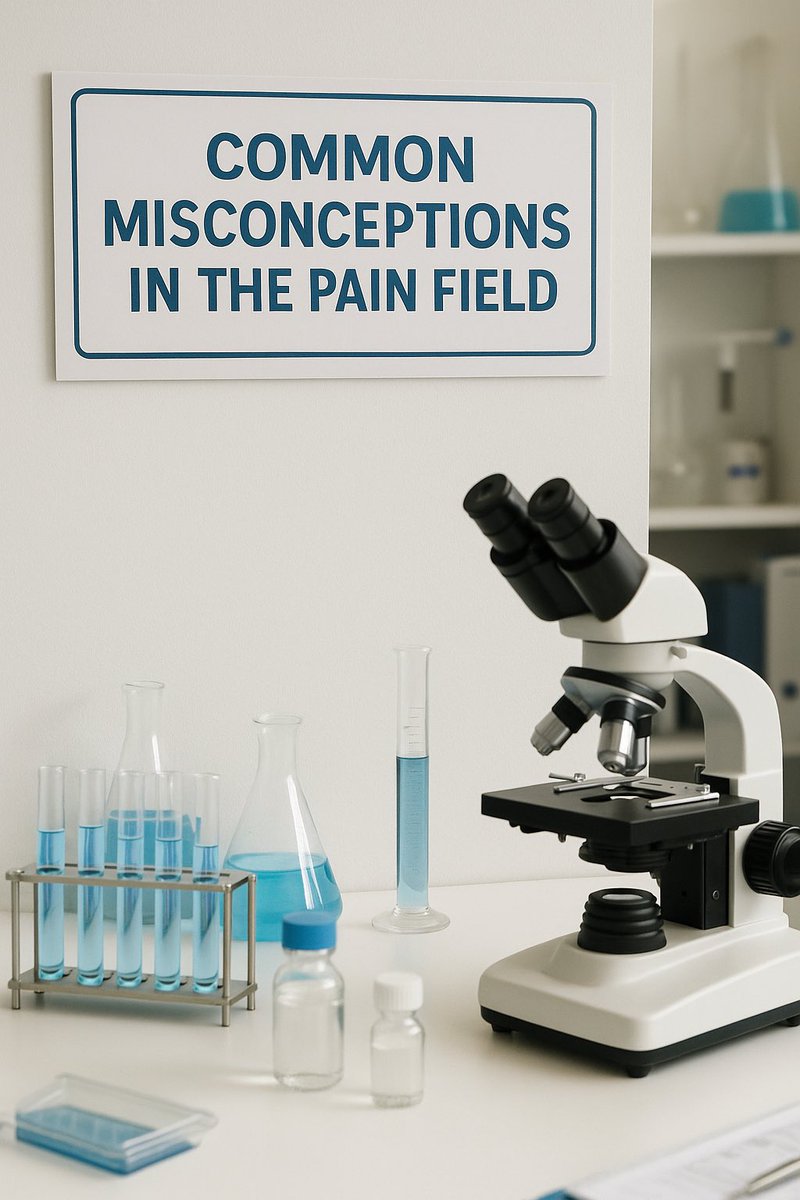
A groundbreaking blend of synthetic proteins, drawing inspiration from the exceptional antibodies found in alpacas and llamas, has shown promise in neutralizing toxins from some of the deadliest snakes in Africa. This study is fostering hope for the creation of a universal, affordable antivenom that could provide protection against hundreds of venomous snake species.
On a global scale, snakes contribute to over 100,000 fatalities each year, with many others experiencing permanent disabilities. The complexity of snake venoms comprises various compounds targeting nerve cells, blood coagulation, or tissues. As toxinologist [Andreas Laustsen-Kiel](https://orbit.dtu.dk/en/persons/andreas-hougaard-laustsen-kiel/) from the Technical University of Denmark, who spearheaded the research, explains, “Each snake possesses different venoms, and every venom contains approximately 80 distinct toxins.” The World Health Organization regards snakebites as a neglected tropical disease, primarily affecting rural populations in sub-Saharan Africa and South Asia.
Antivenoms, produced from antibodies developed against snake venoms, can be life-saving when administered promptly. However, these critical therapies are often in short supply in the areas most in need. Snakebites typically happen in remote locations where healthcare clinics are small, poorly funded, and often inadequately equipped. As [Nicholas Casewell](https://www.lstmed.ac.uk/about/people/professor-nicholas-casewell) from the Liverpool School of Tropical Medicine (LSTM), UK, points out, “Physicians may give lower doses knowing that antivenom is costly and in limited supply.”
Conventional antivenoms are generated by immunizing horses or sheep with harmless doses of venom, followed by harvesting their antibodies. This method is both time-consuming and expensive, producing a mixed array of antibodies with inconsistent quality, which may necessitate multiple vials for a single patient. Laustsen-Kiel mentions, “If you need to produce twice the amount of antivenom, you presently require twice as many horses and sheep – the manufacturing process does not scale effectively.”
To tackle these issues, the research group turned to alpacas and llamas, whose antibodies consist of a singular protein chain instead of the dual-chain arms present in the Y-shaped antibodies typical of humans and horses. These nanobodies maintain powerful binding capabilities and effectively neutralize toxins, while also lacking the bulky regions that could cause severe immune responses in humans, thus lowering the risk of anaphylaxis observed with conventional antivenoms.
The team immunized an alpaca and a llama with venoms from 18 of Africa’s most notorious snakes, including cobras, mambas, and rinkhals. Subsequently, they extracted the DNA sequences responsible for the nanobodies and incorporated them into bacteria for mass production. Out of thousands, eight nanobodies were chosen by screening against a broad array of snake toxins, creating a robust combination that safeguarded mice from fatal doses of venom from 17 out of the 18 species tested. Anita Malhotra, an evolutionary biologist from Bangor University, UK, remarked on the study’s impressive extensive coverage.
This cutting-edge synthesis approach enabled the researchers to adjust the relative abundance of the nanobodies to target various snake venom types. Laustsen-Kiel stated, “We have already formulated a mix to combat Latin American coral snakes and are evaluating nanobodies discovered against Indian snakes and African vipers. By modifying a few elements and optimizing the combination, we could potentially create a catalog of nanobodies aimed at covering 90% of the medically significant toxins.”
Utilizing bacteria, fungi, or yeast as bioreactors may also greatly lower the production costs of nanobodies. Laustsen-Kiel estimates that the manufacturing expense could be below $100 per treatment, in contrast to the nearly $1000 market price for current animal-sourced antivenoms in sub-Saharan Africa. Nonetheless, he recognizes, “The hurdle is that this represents an entirely new type of product, which means it will have to undergo extensive approval processes.”
Clinical trials are essential, as mice are not the best models for human venom impacts, according to Malhotra. The small size of nanobodies leads to their quick elimination from the body, necessitating trials in larger animals. Laustsen-Kiel indicated that the forthcoming step involves investigating this in sheep and determining the “ideal balance between employing techniques to prolong the half-life and the associated complexity and cost of the treatment.”
Executing clinical trials and creating biologics production for an antivenom in remote locations presents a logistical hurdle. Casewell stresses that “the financial business model poses a significant challenge for products that may be tailored to a low-resource environment.” Nonetheless, discussions are ongoing with pharmaceutical companies, universities, and funders like the Serum Institute in India and LSTM. Laustsen-Kiel asserts, “If we could out-license or spin off a company to manage this, we…”